Meet Gary Tho , 34, a chiropractic doctor whose practice goes well beyond the walls of ChiroWorks, his pain relief clinic. Author of The Pain-Free Desk Warrior and advocate for wellness in the workplace, he conducts talks and workshops on health, lifestyle and fitness. Gary is also passionate about giving back: in addition to volunteering at a Cambodian provincial hospital, he’s partnered with B1G1, a Singapore-based global giving initiative, to improve Cambodian youths’ access to education. LINDA WANG pays the good doctor a visit to find out more.
You treat many athletes in your line of work. Did your background as an Australian national badminton player have some impact on your decision to become a chiropractor?
Yes, in a way. During my competitive badminton-playing days, I sustained my fair share of injuries, so much so that in the initial stages of recovering from an injured knee, all I could do was walk one lap of a soccer field before going home. Since then, I developed a passion for finding out how to improve performance, not just from an injury treatment or rehabilitation perspective, but also to keep people at their best. However, the decision to study chiropractic at RMIT even though I was accepted into medical school at Monash University wasn’t an easy one. First, my parents had wanted me to study medicine—with my sister already in medical school, me choosing to specialise in chiropractic seemed almost like I was going against my family’s will. Second, Monash’s student population included many national badminton players from many Asian countries like Indonesia and Malaysia; by not studying there, I was forgoing opportunities to play with them and enhance my badminton capabilities. Fast forward to today, I’ve moved to Singapore and am living my dream of helping people be well, successful and happy. Though the job has its challenging aspects, the smile on my clients’ faces makes it all worthwhile. I also want to keep on learning and refining methods to help individuals achieve peak performance both on the sports field and in the boardroom.
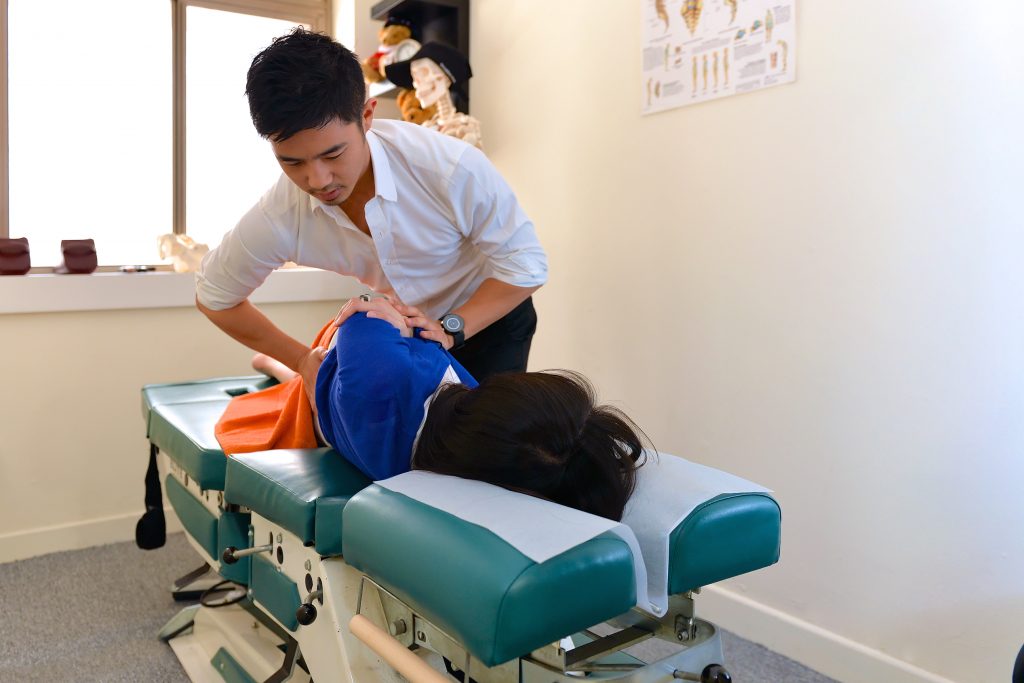
Gary practising chiropractic at his clinic.
How does chiropractic differ from other commonly used physical treatments, say physiotherapy
Chiropractic looks at the whole person, not just the injured “parts”; it helps people get back into health and keeps them well. It focuses on tapping into one’s innate ability to heal naturally and puts emphasis on creating the foundation for optimal function and health— what I refer to as “peak performance”. The belief and intention behind chiropractic are what set it apart from physiotherapy or other related treatments.
Beyond your clinical practice, you share your knowledge in educational talks and give back through volunteering and philanthropy. Tell us more about how you came to be involved in these various initiatives.
When I was younger, I took many things in life for granted. I had the luxury of safe travel, never went hungry, participated in a range of activities, and achieved goals others many can only dream of. Yet I was not happy. Later, I realised what I needed was not more things, but a mindset shift. With a little adjustment of focus, I was able to see the good in what I had, and be mindful of where I was in the larger scheme of things. It’s one thing to have lots of money, but another to have a use for it. Knowing I could be a part of something bigger gave me a greater sense of purpose.
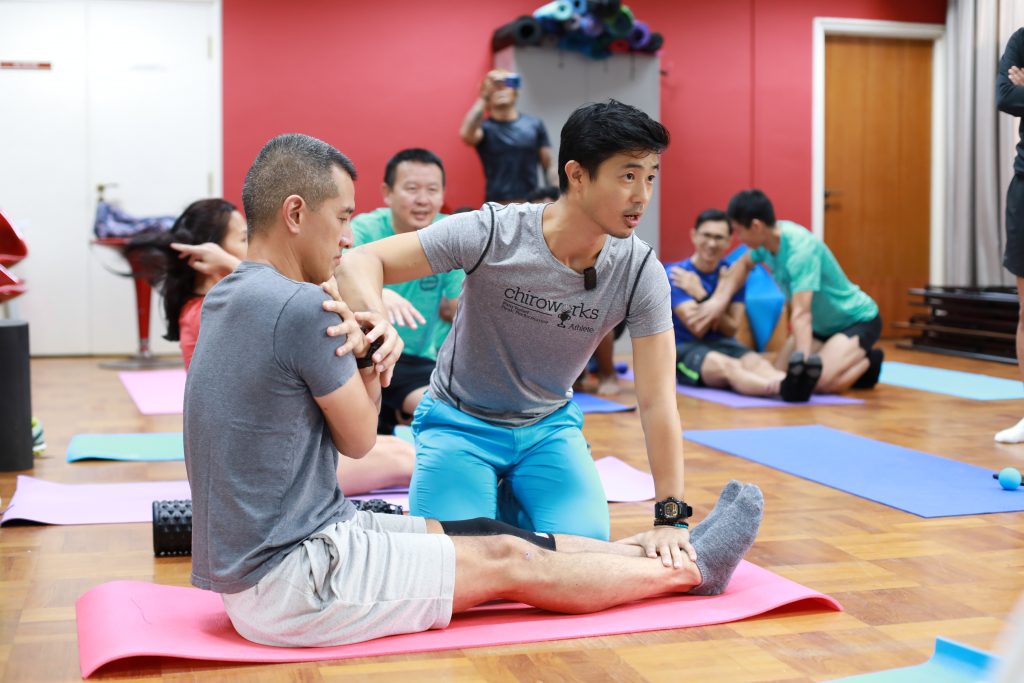
Gary at an athletic workshop.
As a chiropractor, I believe in our ability to heal, learn and grow, so I constantly tell people not accept their situation. How often do we hear others tell us we’re just “getting old” and should stop running, or that our ailments are just “normal” and part and parcel of ageing? Setting up ChiroWorks was my way of sharing the power of chiropractic adjustment. Recognising also that corporate health is an area that can reap large benefits from chiropractic, I began conducting workshops for office workers, showing them ways to enhance their well-being. These sessions allowed me to reach more people and eventually publish The Pain Free Desk Warrior. As for my philanthropic work overseas, it happened quite organically. Some years ago, someone I was practising yoga with invited me on a trip to Cambodia. There, I met a monk who had set up a children’s home for kids with developmental disorders, as well as a provincial hospital servicing rural villagers and farmers. Since then, I’ve been returning to Cambodia annually to provide free chiropractic care at the hospital.
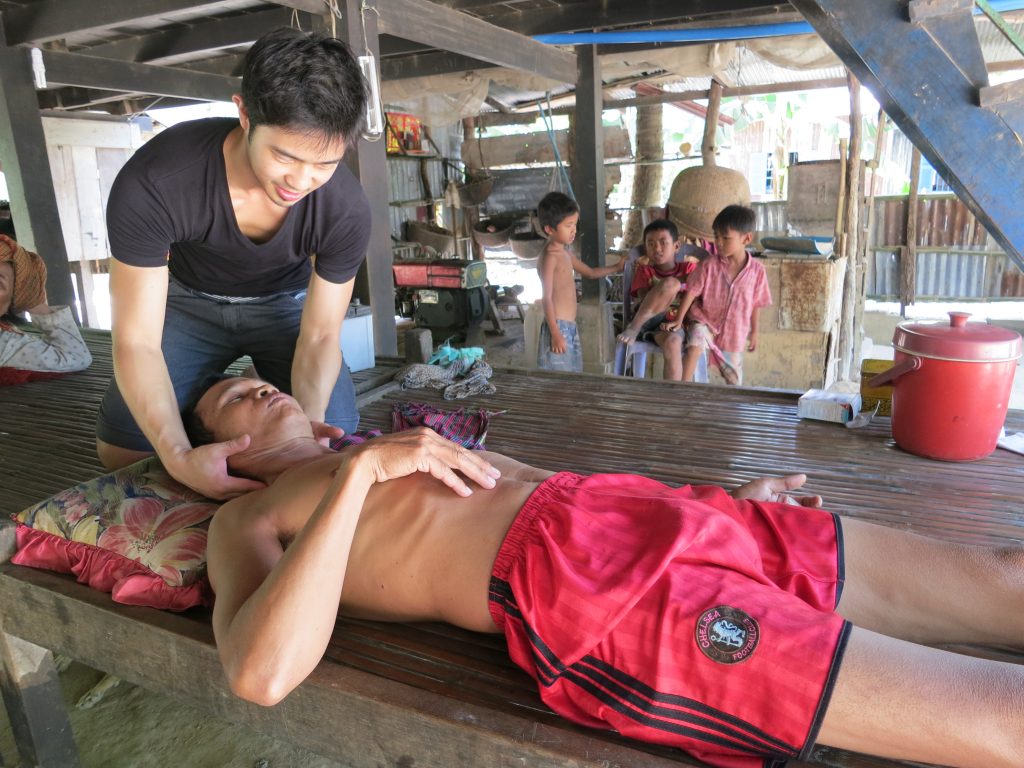
Gary practising chiropractic in rural Cambodia.
What an interesting journey that's been. Who are some people that inspired you along the way
Masami Sato and Paul Dunn, respectively the founder and chairman of B1G1. We first met in 2014 at a brand accelerator masterclass I was attending. A few years later, I crossed paths with them again, as well as some people and companies associated with B1G1. I decided to partner with them because they’ve made it so simple for anyone to create an impact on the greater community. The platform has a plethora of worthy causes to support, including healthcare, life enhancement, education, food, clothing, equality and the environment. Charitable projects are also broken down into transparent giving impacts, so you’ll know how exactly you’re contributing to your beneficiaries.
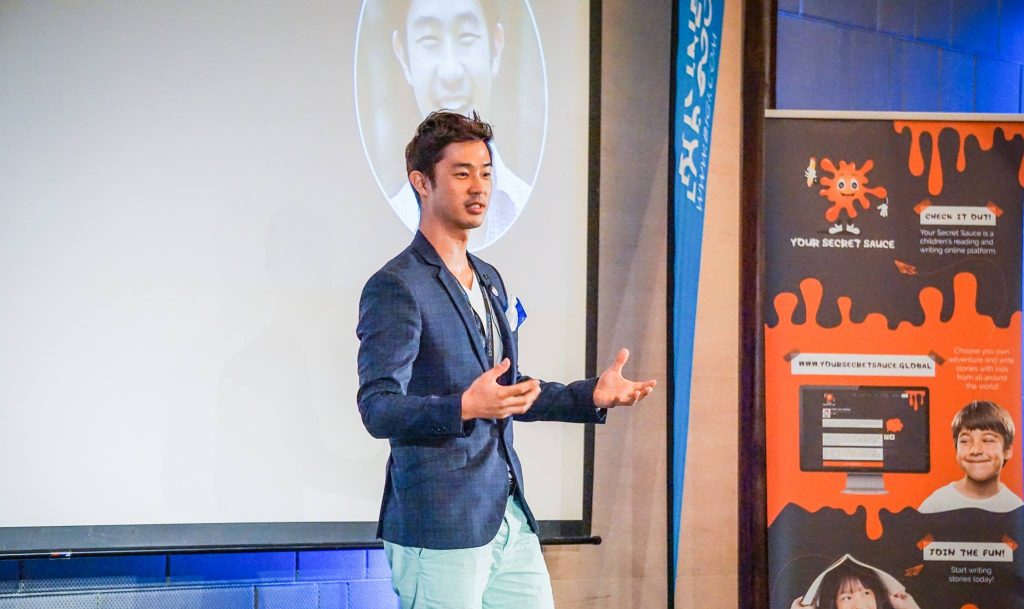
Gary speaking at the B1G1 Business for Good Conference 2018.
Closer to home, can you share any stories of how your work positively impacted others?
When I first moved to Singapore and set up my practice, a lady came to see me. She’d slipped and fallen in the shower, and that split second changed her life. Her pain was so intense she could barely walk, so she needed a wheelchair to get around. Painkillers didn’t work, nor did anti-inflammatories or muscle relaxants. Her doctors also told her that she’d be in a wheelchair for the rest of her life. I had to work on adjusting her mental attitude as much as I had to physically work on her body. Throughout the treatment process, I did my best to inspire hope and offer encouragement to aid her recovery. Slowly but surely, she eventually became pain-free. She later emailed me to say she was still doing well and that she’d shared her “miraculous recovery” with others online. It’s been 10 years since I treated this lady, and I continue to receive clients referred by her.
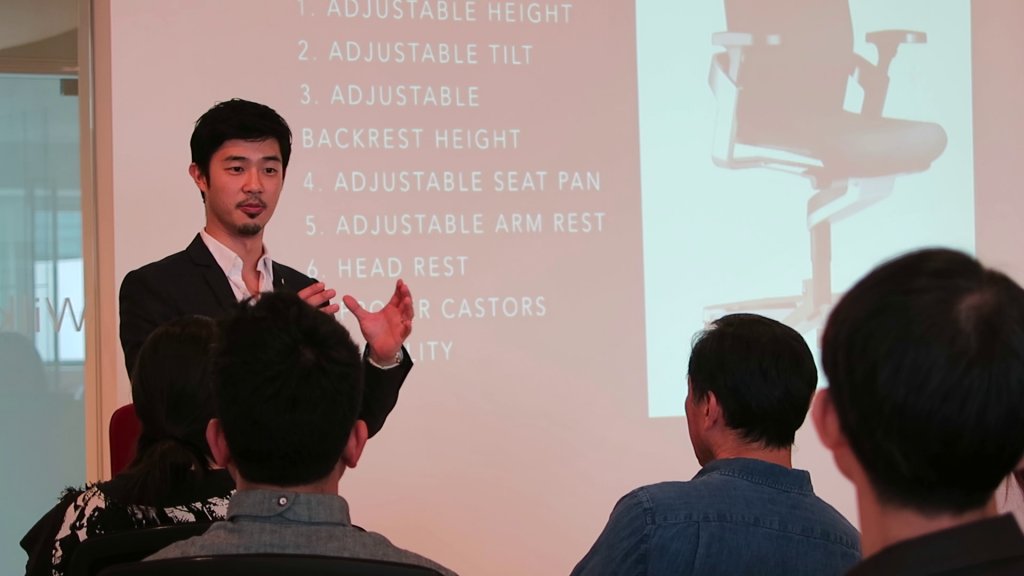
Gary at a speaking engagement.
You’re doing what you love and loving it. What’s next for you?
Within the next five years, I hope to build up a solid public speaking business and establish myself in the field. From there, I aim to run events and programmes for underserved communities in the region, with the support of other professionals and organisations. With more collaborations, we're in a better position to help communities-in-need have better access to education, healthcare and other life essentials—and create sustainable, lasting impact.
All images courtesy of Dr Gary Tho.
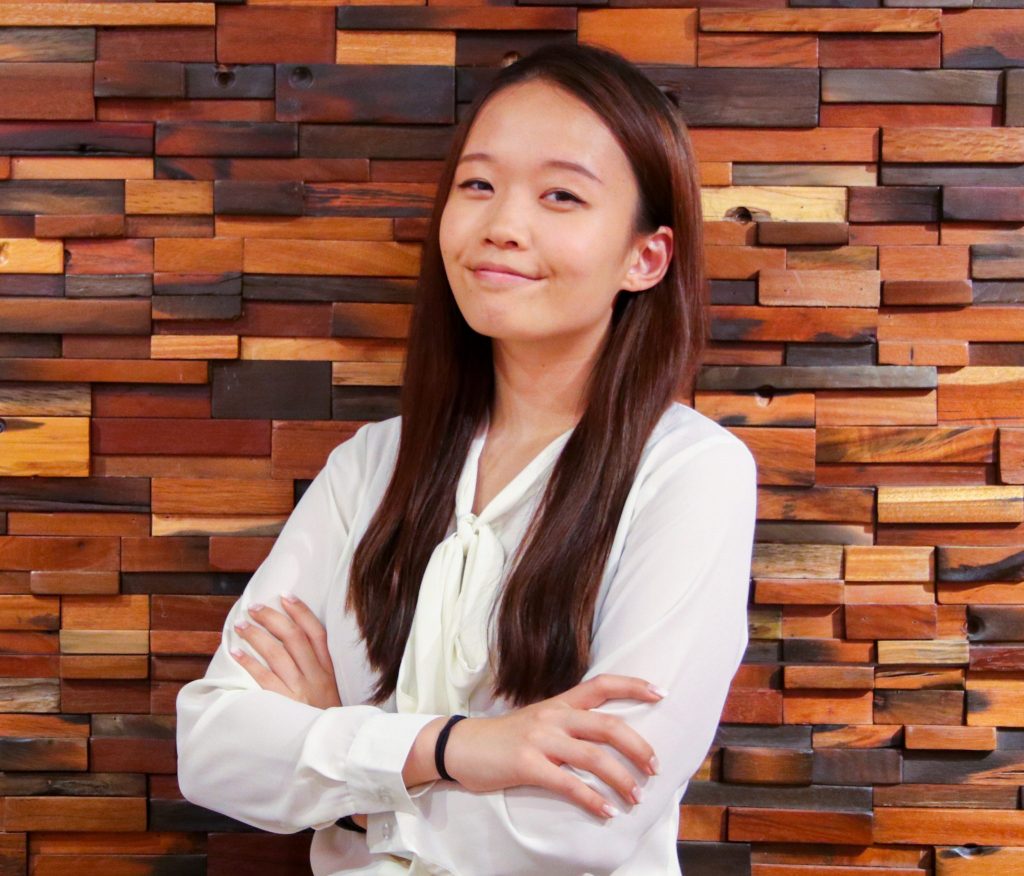 |
Linda Wang was a 2019 Summer Associate (Editorial) at the Lien Centre for Social Innovation. She is a rising sophomore at the University of Pennsylvania, where she studies Mathematical Economics, Computer Science and Political Science. She also writes for the online journal of Sigma Iota Rho, an International Relations Honor Society. Linda is passionate about social entrepreneurship and their potential for meaningful change. In her free time, she loves listening to podcasts and audiobooks, travelling the world and journaling. She can be reached at itslinds@sas.upenn.edu |

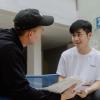


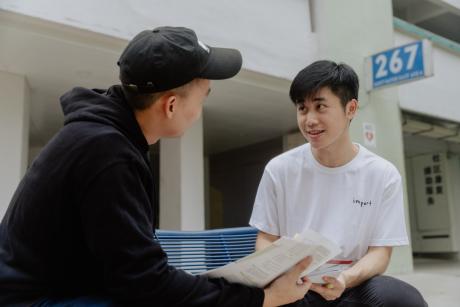



Comments